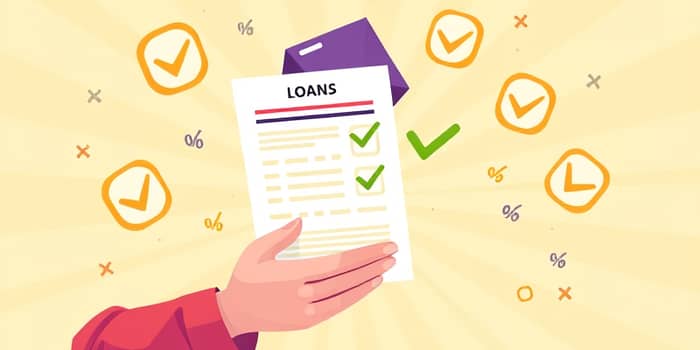
Applying for a personal loan can feel overwhelming. Many borrowers worry that checking rates will harm their credit or commit them to unfavorable terms. But there’s a smarter, risk-free way to explore your options: pre-qualification. By leveraging this initial step, you gain clarity, confidence, and leverage before entering a formal application.
Pre-qualification is the process by which lenders quickly assess your financial background using a soft credit check that never affects your score. Unlike full applications, it involves minimal documentation and can be completed in minutes. This preliminary evaluation yields an approximate interest rate, loan amount, and repayment term based on the info you provide.
Think of pre-qualification as a financial compass: it doesn’t guarantee approval but gives you immediate, risk-free insight into your borrowing potential. With this knowledge, you can adjust loan amounts, shop around, and strategize repayment without fear of hurting your credit history.
It’s easy to confuse pre-qualification with pre-approval, but they serve different purposes. Pre-qualification offers a preliminary estimate, while pre-approval moves you closer to a final decision by involving deeper verification and often a hard credit inquiry.
Embarking on the pre-qualification journey is straightforward. Follow these steps to position yourself for success:
Each step keeps you informed and under no obligation, ensuring you maintain control over your borrowing decisions.
Lenders rely on several metrics to gauge your creditworthiness. Understanding these factors helps you strengthen your application:
Credit Score: A score between 670 and 739 is considered good, while 740+ unlocks the best interest rates. Even scores below 670 can qualify for certain lenders who specialize in fair or poor credit profiles.
Debt-to-Income Ratio (DTI): Representing the percentage of your gross monthly income used for debt payments, an ideal DTI is below 36%. Some lenders, however, may approve ratios up to 45% for well-qualified applicants.
Annual Income & Employment: Stable employment history and sufficient income demonstrate your ability to repay. Be prepared to supply pay stubs or bank statements during the full application phase.
Collateral & Other Factors: For secured loans, collateral like a vehicle or savings account may be required. Additionally, lenders verify citizenship, age, and the loan’s intended purpose.
Pre-qualification is more than a formality; it’s a strategic tool that empowers you to:
These advantages translate into more negotiating power and reduced uncertainty when you move forward with a formal application.
After receiving pre-qualified offers, it’s vital to prepare for the subsequent formal application. Adopt these best practices:
Every action you take strengthens your position, reduces surprises, and paves the way for a successful loan approval.
By embracing the pre-qualification process, you step into the borrower’s seat, armed with information and control. No longer do you need to navigate the loan market in the dark—pre-qualification lights the path, making your personal loan journey transparent, strategic, and fully aligned with your financial goals.
References













